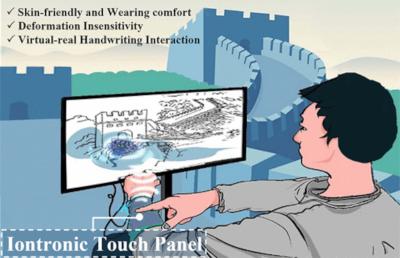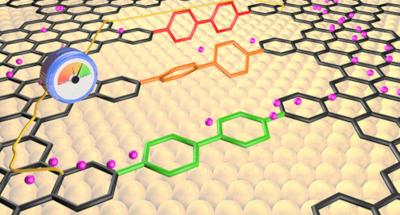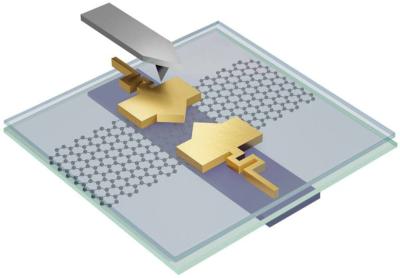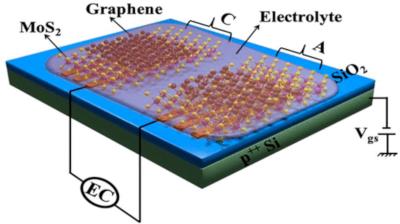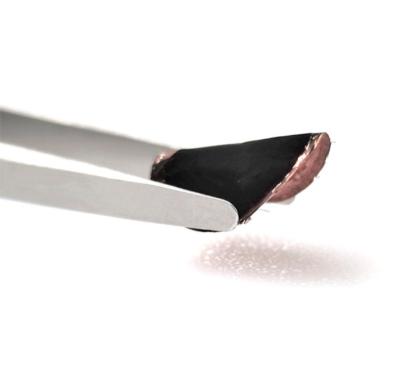Researchers develop graphene-based wearable touch panel for virtual-real handwriting interaction
Researchers from China's Qingdao University and Shenzhen University have developed a graphene-based proof-of-concept for a skin-friendly and wearable textile-based touch panel that converts a person's forearm into a keyboard or sketchpad. The three-layer, touch-responsive material translates what a user sketches or types into computer pictures.
Computer trackpads and electronic signature capture devices are not common in wearables. Researchers have proposed constructing flexible touch-responsive panels out of clear, electrically conductive hydrogels, but these materials are sticky, making writing on them difficult and uncomfortable for the skin. As a result, the research team sought to combine a comparable hydrogel into a comfortable fabric sleeve for drawing or playing computer games.
